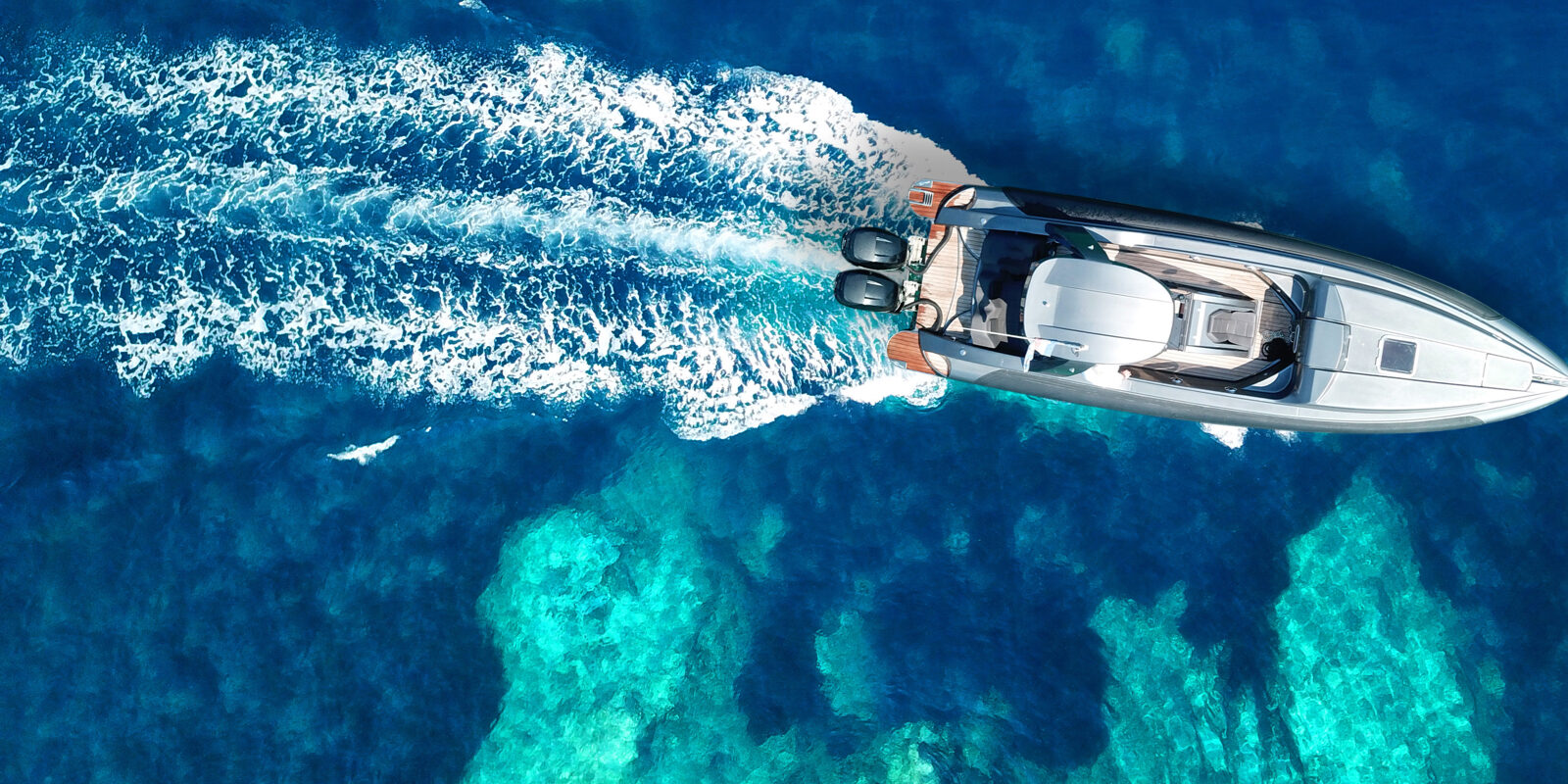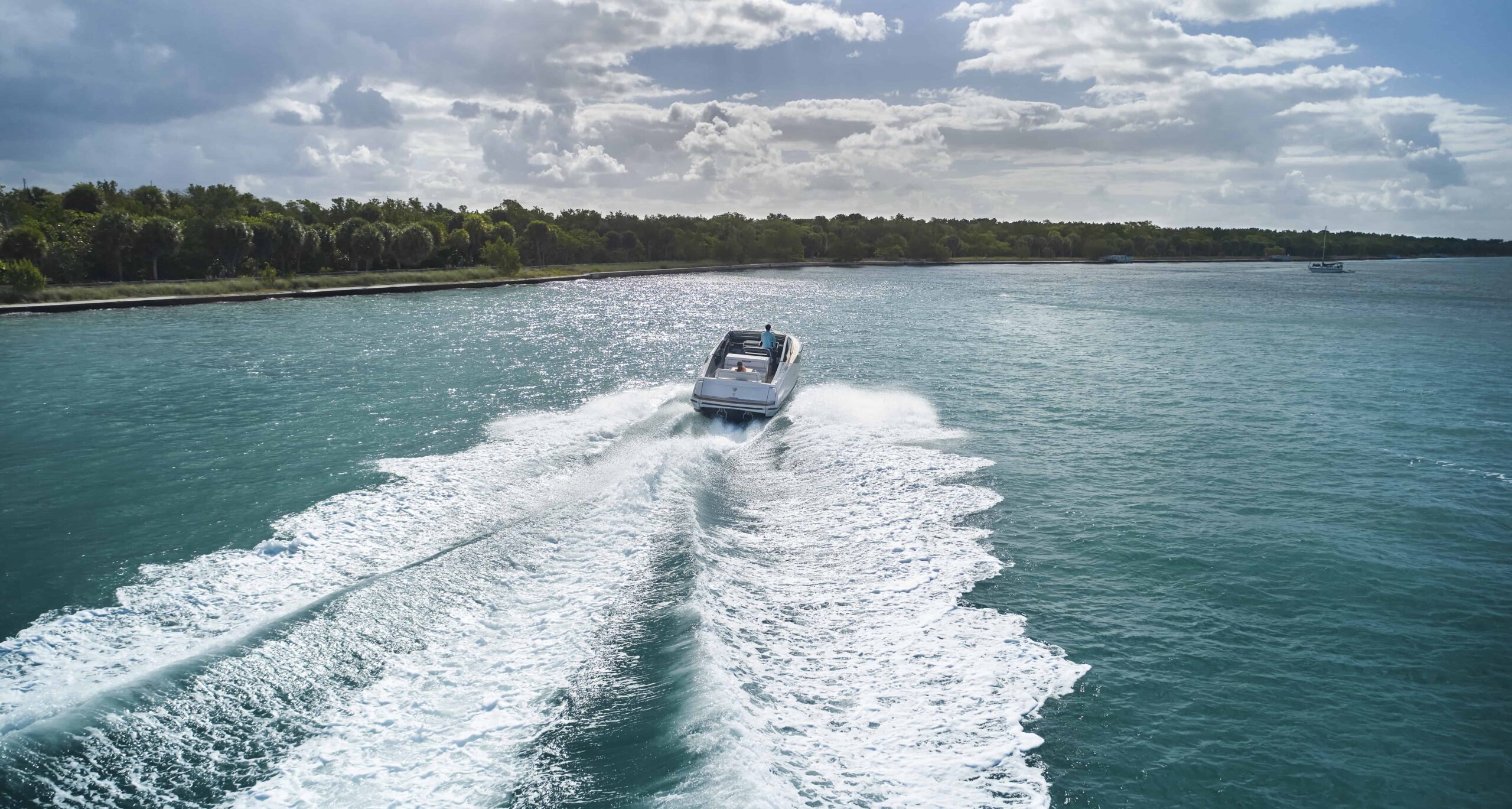
Introduction
Embarking on a boating adventure can be an exhilarating experience, but understanding the terminology used in the nautical world is essential for safe and effective communication on the water. Whether you are a novice boater or an experienced sailor, familiarizing yourself with common boat terminology will help you navigate, communicate with crew members, and better understand boating literature. In this article, we will explore some essential boat terminology to ensure you feel confident and knowledgeable while exploring the high seas.
Bow and Stern
The bow refers to the front or forward part of the boat, while the stern refers to the rear or aft part of the boat. Understanding these terms is crucial for understanding directions and communicating positions on the vessel.
Port and Starboard
Port refers to the left side of the boat when facing the bow, while starboard refers to the right side. These terms are used instead of “left” and “right” to avoid confusion, especially when giving commands or providing directions.
Hull
The hull is the main body of the boat, typically referred to as the “shell.” It provides buoyancy and supports the other components of the vessel. Different hull designs, such as displacement hulls or planing hulls, affect the boat’s performance and handling characteristics.
Deck
The deck refers to the horizontal surface of the boat, typically the top surface. It is where passengers and crew walk and perform various activities. Decks can have different levels, including the main deck, upper deck, and lower deck.
Cabin
The cabin is an enclosed space within the boat, usually below deck, providing shelter and accommodations for the crew and passengers. Cabins may include sleeping quarters, a galley (kitchen area), a head (bathroom), and seating areas.
Rigging
Rigging refers to the system of ropes, wires, and hardware used to support and control the boat’s sails. It includes components like mast, boom, shrouds, and halyards. Understanding rigging terminology is essential for sailors and sailboat enthusiasts.
Keel
The keel is a structural component located at the bottom of the boat’s hull. It provides stability and prevents excessive sideways movement. Keels can be fixed or retractable, depending on the boat’s design.
Rudder
The rudder is a vertical fin-like structure located at the stern of the boat. It is used to steer the vessel by deflecting water flow. The rudder works in conjunction with the boat’s helm or steering system.
Windward and Leeward
Windward refers to the direction from which the wind is coming, while leeward refers to the opposite direction, away from the wind. Understanding these terms is crucial for sailing and maneuvering the boat effectively about wind direction.
Mooring and Anchoring
Mooring involves securing the boat to a fixed object, such as a dock or buoy, using ropes or lines. Anchoring refers to dropping an anchor to secure the boat in place when not near a dock. Understanding proper mooring and anchoring techniques is crucial for safe boat operations.
Are you looking for the best equipment for your boat? Look no further, Boat Outfitters boat boating equipment has everything you need.
Conclusion
Familiarizing yourself with essential boat terminology is vital for effective communication, safe navigation, and understanding the intricacies of the boating world. The terms discussed above, including bow, stern, port, starboard, hull, deck, cabin, rigging, keel, rudder, windward, leeward, mooring, and anchoring, provide a solid foundation for navigating and enjoying your time on the water. As you continue your boating journey, expand your knowledge by exploring additional nautical terms to further enhance your understanding of the fascinating world of boating.

